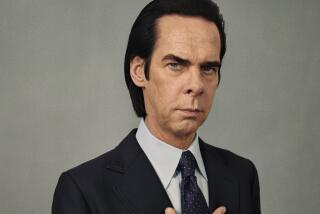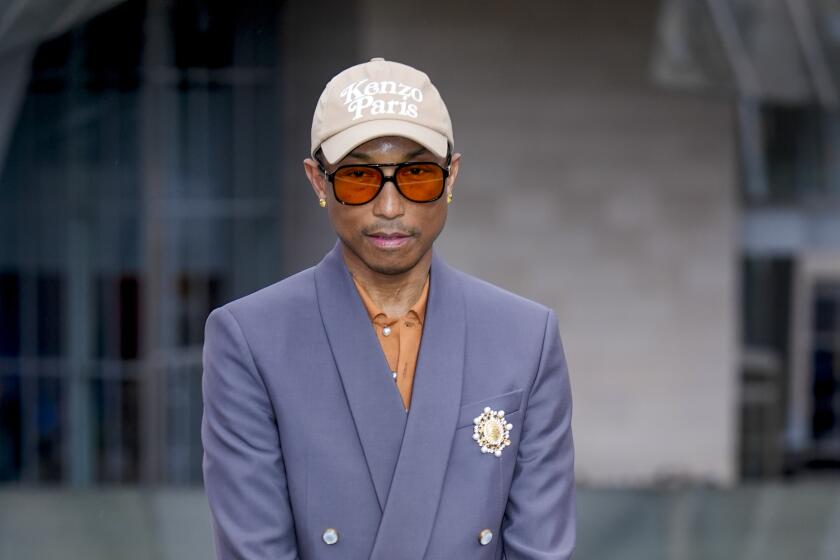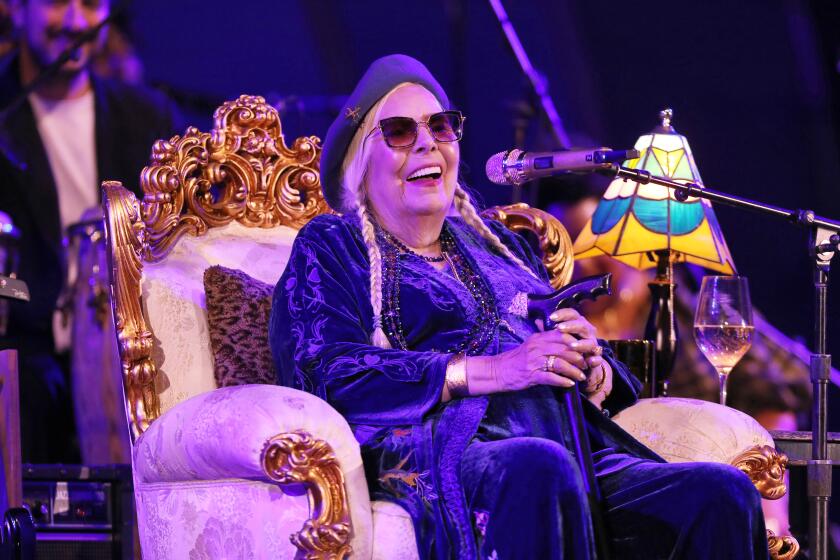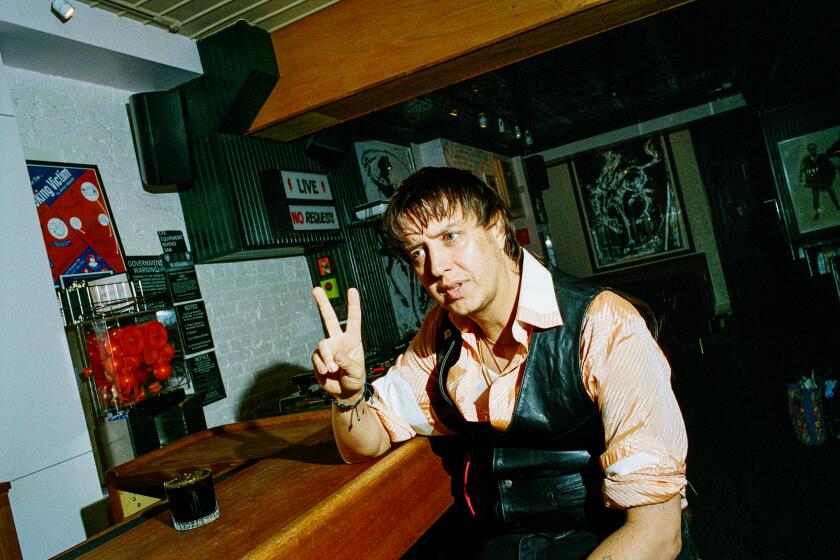You’ve heard it all before? So have they
San Francisco — If you came of age in the ‘70s and ‘80s, just one evocative spin of a Soulive disc can handily transport you way back.
One cut may recall the LPs your parents pulled out when friends rolled by for Saturday night Pokeno, laughs and highballs. You know, that strutting, funky Jimmy Smith organ sound -- a sort of grown-up funk rolled around yearning and bliss.
Two cuts later, the sound may call to mind your brother’s blaring Jimi Hendrix or Sly Stone mix-tapes.
Fast-forward a few more: Miles Davis’ ‘70s milieu or guitarist John Scofield’s fat, loping lines.
Soulive, a guitar, keyboard/organ, drum trio, is a pastiche of all of the above -- and a whole lot more, none of it derivative.
And that’s the point.
They’ve figured out how to extract the vibe without cut-and-pasting wholesale.
Their sound is retro without being self-conscious, jazz-like without being stuck in a prefab mold.
So it is fitting for them to be setting up shop at the old Fillmore of chocolate syrup walls, gold foil chandeliers and psychedelic posters, in a San Francisco neighborhood rich in blues, funk, rock and jazz history.
With a sound-check behind them, and dinner break right around the corner, two-thirds of the trio reluctantly shuffle into one of the theater’s secluded nooks. Neal Evans, 26, almost monosyllabic at first, sinks into a couch; his brother Alan, 28, the drummer, more talkative, but hidden in ink-black shades, settles in on a bar stool across from him. The guitarist, Eric Krasno, is, for the moment, unaccounted for.
Perhaps the energy is low because they’ve just ping-ponged from San Francisco to San Diego and L.A. -- then back to the Bay Area in their van.
But talk of music -- both process and business -- rouses them.
Alan, in an impressive, sculpted ‘fro, riffs about influences. Neal, his locks gelled into a modified Mohawk, talks art and commerce. Krasno, 26, bops in wearing his trademark Kangol, with apologies.
The brothers Evans and Krasno, New York and Florida born, respectively, come from music-intensive backgrounds. Among them, they packed in formal jazz studies, touring bands and family confabs. After a series of knock-around bands and ensembles, they teamed up in the late ‘90s and subsequently released the first Soulive EP “Get Down!” By 2000, enthusiastic fan base in place, they’d signed with Blue Note.
Their new self-titled album finds them back at their organic center. Recording as a trio for the first time in years, the ensemble has pared away all of the excess, and they’re mixed to focus on what they do best: interact and vibe off the audience.
They’re proud of this new album because it achieves not simply “live” sound but the energy that they’ve been after on their four studio discs.
It’s a natural shift since they are on the road nearly 150 days a year. “With our studio albums, we’ve had a week to go in and bang something out,” says Alan Evans, “just not enough time. But we know what we can do live. That’s what I really dig about this album -- it’s just easier to paint the picture live.”
“Soulive” is a sonic mural with a groove-based, hip-hop sensibility that’s rooted in jazz and funk. Alan Evans’ crisp, straight-to-the point drumming and Krasno’s slithery guitar play are anchored by Neal Evans’ keyboard, which swings from finesse to purple flourish when need be -- particularly when he attacks the Hammond B-3. “It has its own sound. A unique sound,” he says. “I like playing it, but just as much as I enjoy every other keyboard, the Clavinet, the Rhodes. But with the B-3 you can do a lot.”
Krasno thinks that what they’ve learned from listening to this live album will help them upgrade their next studio efforts -- which will be augmented by their brand-new studio in Midtown Manhattan.
“A lot of the previous albums, we went in there for just a few days. Had to track everything. A lot of jazz records are like that, but we grew up listening to a lot of, like, hip-hop records and R&B; records where they spent a lot of time in the studio, so it is kind of hard for us to let it go.”
Soulive has figured out a way to update jazz without compromising it. “With Western music, there is only so much you can do with it,” says Neal Evans. “Every piece of music has been thought of or has been played. So I love hearing music that’s kind of rehashed or reinvented.”
Though they record for a venerable jazz label and have found themselves on the cover of Down Beat, the jazz moniker leaves them wriggling.
“I mean, we know a lot of jazz musicians -- and I’m not a jazz musician,” says Alan Evans. “I’m closer to a ....” he breaks off. “I mean, I just really play music.”
But mostly, this isn’t an exercise in the esoteric, says Neal Evans. The point is not to think about it but to groove. “I make music, but I’ve never been some die-hard, like I’m going to be broke by some [music] that no one is going to listen to. I don’t have the time for that. I like to make music -- music that a lot of people want to listen to.”
More to Read
The biggest entertainment stories
Get our big stories about Hollywood, film, television, music, arts, culture and more right in your inbox as soon as they publish.
You may occasionally receive promotional content from the Los Angeles Times.










